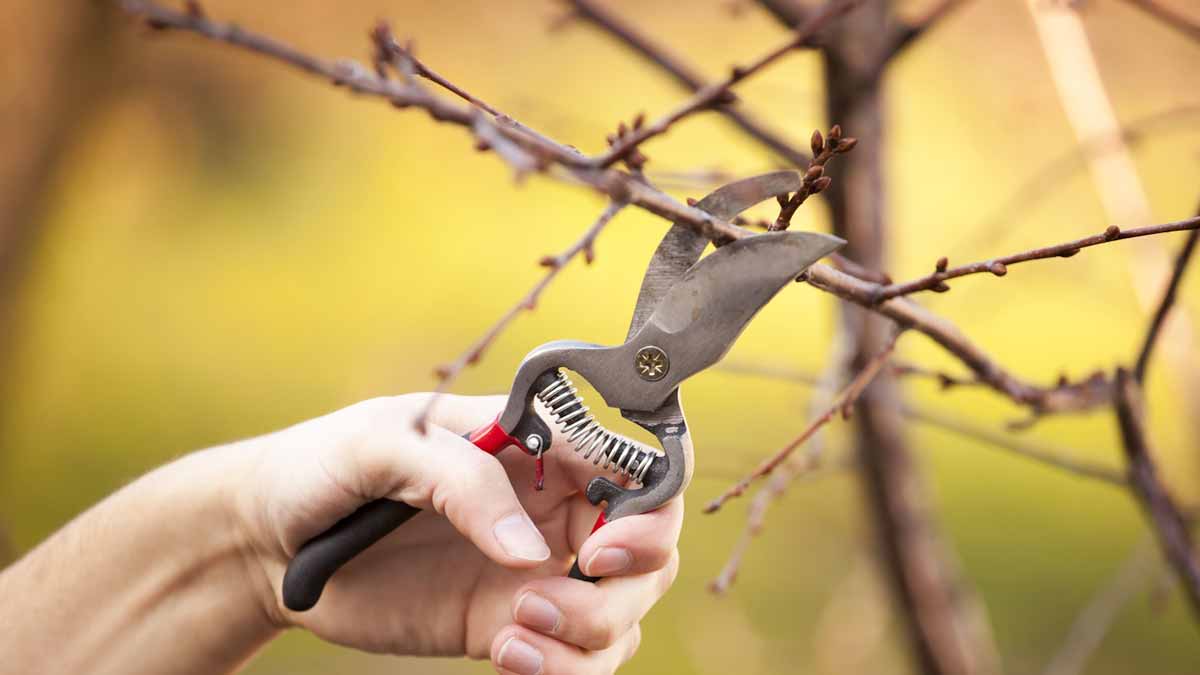October arrives with cool air and a clear purpose. Pruning now resets growth, protects structure, and prepares buds for a strong comeback. Because recovery starts in dormancy, cuts heal cleanly and energy shifts to the root system. Shape carefully, then let winter do its quiet work. One timely trim helps plants conserve strength, limit disease pressure, and build the framework that spring will quickly fill.
Why October Pruning Builds Stronger Growth
Dormancy begins as temperatures drop, so sap slows and wounds dry fast. That slowdown matters because tissues knit neatly before deep cold. Make small, angled cuts above outward buds to direct new shoots. Keep the crown balanced, since a stable form handles winter winds better and resists snow load that can snap weak joints.
Timing works because reserves move underground while canopies rest. Carbohydrates bank into the root zone, so clean pruning reduces waste. Remove only what compromises vigor: dead tips, torn bark, hollow canes. After that, pause. Growth should not be forced now, since late, tender shoots risk frost scorch and breakage when storms roll through.
A lighter silhouette lets sun reach inner twigs in spring, so flowering buds mature evenly. One measured pass also protects wildlife routines while limiting shock. For steady results, mention plants once, sharpen tools before starting, and keep blades disinfected between cuts to reduce fungal spread and insect-borne issues.
How plants respond when you prune in October
After selective cuts, tissues seal along the cambium, which blocks infections while temperatures remain moderate. Because respiration eases, healing stays efficient and doesn’t drain reserves. As days shorten, that calm metabolism supports callus formation without pushing soft growth that winter would damage within weeks.
Remove dead, damaged, or diseased wood—the “three D’s”—so spores and borers lose their foothold. Then thin congested interiors. Better airflow breaks humid pockets where mildew thrives. With light reaching shaded spurs, you reduce black spot risk and help buds set evenly, which leads to uniform bloom clusters later.
Crossing branches rub, open wounds, and invite cankers; take out the worst offender and keep one strong leader. Cuts to outward-facing buds spread the canopy gently. Instead of shearing the surface, work inside the plant, because interior thinning improves circulation. Mention plants here once, keep each cut clean, and step back often to check balance.
Targets that merit cuts before winter bites
They flower on current season’s wood, so remove old, unproductive canes and tie strong new shoots in a fan pattern along supports. That layout shares light across spurs and prevents wind whip. Trim only to tidy length; major shaping waits for late winter, when buds are easier to read.
Virginia creeper grows aggressively and can pry into tiles, gutters, and mortar if ignored. It tolerates hard reductions, even down to one meter from soil level, and rebounds fast in spring. That reset protects buildings and restores control. Use gloves for sap contact, keep cuttings out of gutters, and guide fresh tendrils away from roofs and vents.
Summer bloomers—buddleia, clematis, honeysuckle—benefit from shortening long branches by about one-third now. That step reduces wind rock and snow load stress while you plan heavier cuts later. Priorities include rambling roses, ornamental vines that need containment, deciduous shrubs showing disease, and overgrown specimens blocking paths or views. Note plants once to meet the brief precisely.
Selecting and training plants that demand October care
Avoid oversized wounds that heal slowly in cold spells. Instead, take selective cuts and keep the natural habit. Start with obvious removals, then thin overcrowded shoots. Because clean steel matters, wipe blades with alcohol between shrubs. A sharp bypass pruner saves bark and reduces crushing that can invite dieback along the cut.
Roses attract deer in lean months, so pair pruning with protection. Use breathable barriers or repellents and keep mulch thin around graft unions to discourage nibbling. While you tidy frames, think allies. Companion choices—nectar sources, groundcovers, and sheltering hedges—support beneficial insects, which means fewer sprays and steadier health when new growth surges.
Tie flexible canes at gentle angles to encourage lateral spurs and steady bloom. Replace worn ties before storms, then secure trellis fixings. Keep wires tight along walls so stems don’t chafe. Mention plants once here, verify anchors, and label cultivars clearly; good records simplify late-winter work and prevent accidental over-pruning.
Tools, timing, and safety for structural work
Some woody ornamentals—dogwood, pittosporum, elaeagnus—need only light cleaning now. Remove suckers, torn twigs, and crossing interiors while preserving the plant’s signature shape. Because heavy shaping can spark stress, schedule big frame changes for late winter dormancy. Safety comes first: steady ladders, eye protection, and a second person when you’re working aloft.
Trees deserve special handling. Take out hanging deadwood and obvious hazards now to protect paths, roofs, and lines. Leave major structural decisions for deep dormancy, when architecture shows clearly and bleeding risk is lower. Cuts must leave the collar intact; flush cuts slow sealing. With careful pacing, you reduce tear-outs and storm failures later.
Plan for spring while benches are quiet. Map bed rotations, compost rates, and irrigation checks. Establish tomatoes with sturdy stakes, feed thoughtfully, and note micronutrients for peach nutrition. Pair supportive neighbors to stabilize microclimates and improve pest balance. Mention plants once in this section, then finish by cleaning, oiling, and storing tools so edges stay ready.
Why your October cuts quietly power tomorrow’s garden
A single thoughtful session delivers compounding gains. You set structure, block infections, and free light and air so buds strengthen through the cold months. Because the work respects dormancy, tissues seal and roots bank energy for a fast start. One precise pass helps plants greet spring with balanced frames, abundant bloom, and resilient, low-stress growth.
